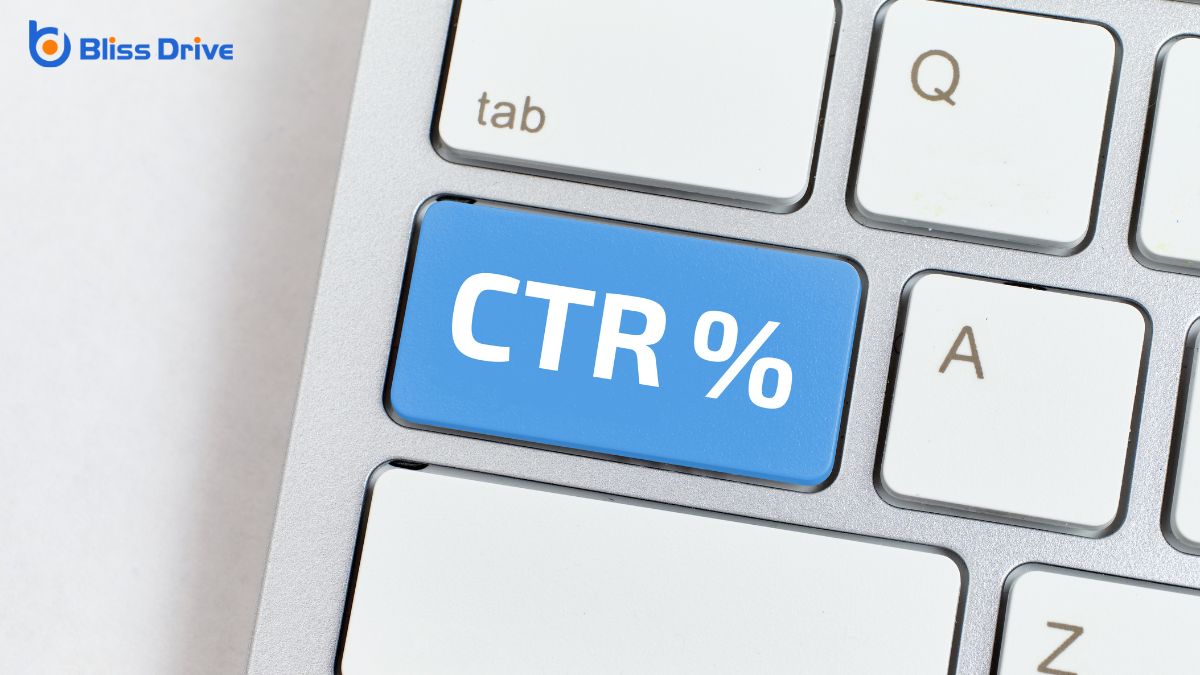Learn More About Us

You might be wondering what the average click-through rate (CTR)The percentage of users who click on a specific link or CTA. for call-to-action (CTA) elements in digital campaigns is. Generally, the CTR hovers between 2% and 5%, but it's not a one-size-fits-all scenario. Industries vary, and the strategies you employ play a pivotal role. Curious about how to optimize these elements and boost your campaign's success? There's much more to uncover about achieving and surpassing these benchmarks.

Click-through rates (CTR) are vital for measuring the success of digital marketing campaigns. When you’re running a campaign, understanding CTR helps you gauge how effectively your ads or content are engaging your audience. A high CTR indicates that your message resonates well, prompting users to take action.
To calculate CTR, divide the number of clicks by the number of impressions, then multiply by 100 to get a percentage.
Knowing your CTR allows you to identify which elements of your campaign work and which need improvement. You'll want to pay attention to factors like ad placement, design, and messaging.
While maneuvering through digital marketing, it’s crucial to understand how your click-through rates (CTR) stack up against industry benchmarks. Knowing these benchmarks gives you a clearer picture of your campaign's effectiveness.
Typically, CTRs can vary by industry, with some sectors seeing higher averages than others. For instance, the technology and electronics sector often experiences CTRs around 2.3%, while the legal industry might hover closer to 1.35%. You should aim to meet or exceed these benchmarks to guarantee your campaigns are performing at their best.
Monitoring these numbers helps you identify whether your strategy resonates with your audience. If you notice your CTR lagging behind industry standards, it might be time to reassess your approach and make necessary adjustments to capture more clicks effectively.
Several factors can considerably influence your CTA click-through rates, and understanding them is essential to optimizing your digital campaigns.
First, the placement of your CTA matters. Make sure it’s visible and intuitive for users to find.
Second, the design and color scheme should stand out, yet align with your brand’s aesthetics. Use action-oriented language that’s compelling and clear, so users know exactly what they’re clicking on.
Also, consider the relevance of your offerThe specific product or service being promoted by affiliates.. If it doesn’t resonate with your audience's needs or desires, they’re less likely to engage.
Mobile-friendliness is vital too; if your CTA isn’t optimized for mobile, you could lose potential clicks.
Finally, the timing of your CTA can impact its effectiveness – deliver it when your audience is most active.
To effectively improve your CTA performance, start by analyzing current data to understand what’s working and what’s not.
Immerse yourself in your analyticsThe systematic computational analysis of data or statistics to gain insights and support decision-ma..., gathering insights from click-through rates (CTR), user behavior, and engagement metricsMetrics that measure user interaction with a website, such as time on site and pages per session.. This step is vital for identifying patterns and pinpointing areas needing attention.
Consider these emotional triggers to enhance your analysis:
Improving your CTA click-through rates requires strategic adjustments that engage your audience effectively.
Begin by crafting compelling, action-oriented language that resonates with your target audience’s needs and desires. Make certain your CTAs are clear and straightforward, avoiding jargon that might confuse readers.
Position your CTA prominently on the page where it naturally draws attention, such as above the fold or at the end of engaging content. Utilize contrasting colors to make the button stand out, guaranteeing it’s visually appealing and impossible to miss.
Personalize your CTAs by addressing the reader directly, creating a sense of connection.
Finally, verify your CTA leads to a relevant landing pageThe web page a user is directed to after clicking on an affiliate link, optimized for conversions. that delivers on your promise, providing a seamless user experience.
When it comes to optimizing CTAs, A/B testingA method of comparing two versions of a web page or app against each other to determine which one pe... plays an essential role in refining their effectiveness. By conducting A/B tests, you can identify what resonates with your audience and make data-driven decisions. This method allows you to compare different CTA versions to determine which one attracts more clicks.
Consider how A/B testing can evoke the following emotions:
Start by changing one element at a time, such as color, text, or placement. Track the results to understand what drives engagementThe interactions that users have with a brand’s content on social media..
Even though crafting an effective call-to-action (CTA) can seem challenging, there are numerous successful examples that illustrate what works.
Take Dropbox, for instance. Their CTA, “Try Dropbox Business Free,” uses action-oriented language and offers immediate value, encouraging users to engage without hesitation.
Similarly, Netflix’s “Join Free for a Month” CTA leverages a time-limited offer, creating urgency while reducing perceived risk, enticing users to explore their service without commitment.
Another standout is Spotify’s “Get Spotify Free” button, which highlights the word "free" to attract potential users.
These examples succeed by being clear, concise, and delivering immediate benefits. They show that incorporating strong verbs, addressing user concerns, and offering compelling incentives can greatly boost your CTA’s effectiveness and engagement rates.

As digital marketing evolves, staying ahead of the curve with your call-to-action (CTA) strategies is essential.
Embrace the future with dynamic CTAs that adapt to user behavior, leveraging AI to personalize interactions. Visuals will play a key role, capturing attention with interactive elementsElements that require user interaction, such as buttons, forms, and sliders. that engage users in new ways.
Consider these future trends:
To boost your campaign's success, focus on enhancing your CTA click-through rates. By understanding industry benchmarks and the factors that influence CTRs, you can optimize your CTA's language, placement, and design. Analyze your current performance and employ strategies like A/B testing to identify what works best for your audience. Stay ahead by learning from successful examples and keeping an eye on emerging trends. With these steps, you'll maximize your digital campaign effectiveness and achieve better results.
